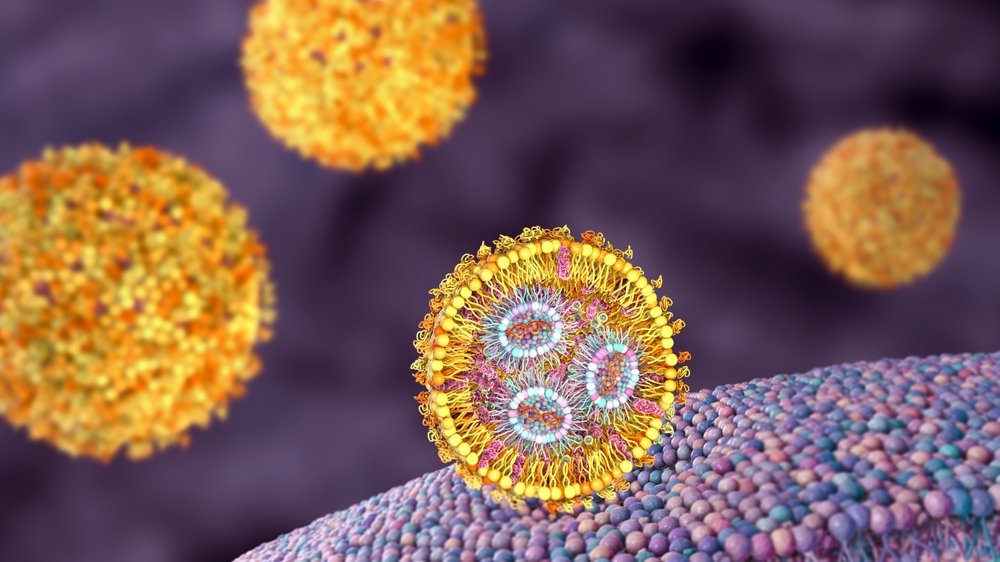Lipid nanoparticles (LNPs) are at the forefront of innovative drug delivery systems, with an expanding role in the treatment of various diseases, including cancer, genetic disorders, and infectious diseases. The market for lipid nanoparticle manufacturing is projected to grow rapidly, driven by technological advancements in RNA-based therapies, vaccines, and gene delivery systems. This blog explores the opportunities and emerging trends in the lipid nanoparticle market, drawing insights from the latest report by Flair Insights.
The Role of Lipid Nanoparticles in Drug Delivery
Lipid nanoparticles offer several advantages over traditional drug delivery methods, including improved bioavailability, stability, and the ability to deliver large and complex biomolecules. One of their key applications has been in the development of mRNA vaccines, where LNPs are used to protect and deliver mRNA into cells, triggering an immune response.
Beyond vaccines, lipid nanoparticles are being explored for gene therapies, targeted drug delivery, and treatment of chronic diseases. For example, in cancer therapy, LNPs can be engineered to deliver anticancer drugs directly to tumor cells, minimizing side effects and improving therapeutic efficacy. Similarly, LNPs can help deliver genetic material for gene editing and cell therapy, offering hope for treating inherited genetic disorders.
Trends Shaping the Market
The lipid nanoparticle manufacturing market is evolving with several key trends shaping its future:
- mRNA Technology: mRNA-based vaccines, such as those developed for COVID-19, have led to a surge in demand for lipid nanoparticles, as they are essential for mRNA delivery. This trend is expected to continue, with mRNA-based therapies emerging for other diseases like cancer and genetic disorders.
- Personalized Medicine: The growing trend toward personalized treatments tailored to an individual’s genetic makeup presents significant opportunities for lipid nanoparticles, which can be engineered for specific drug delivery to target tissues.
- Innovation in Manufacturing: As demand for lipid nanoparticles rises, companies are focusing on improving the scalability and cost-effectiveness of production. Technologies like microfluidics and automation are expected to streamline the manufacturing process and enhance the consistency of LNP products.
Conclusion
The global lipid nanoparticle manufacturing market is poised for remarkable growth, driven by the expanding applications of LNPs in RNA vaccines, gene therapies, and targeted drug delivery. As the demand for more effective and personalized treatments increases, lipid nanoparticles will continue to play a crucial role in revolutionizing medicine. With ongoing technological advancements, the future of lipid nanoparticle-based therapies looks promising, offering new avenues for treating diseases that were once considered untreatable.

